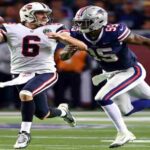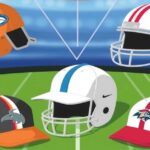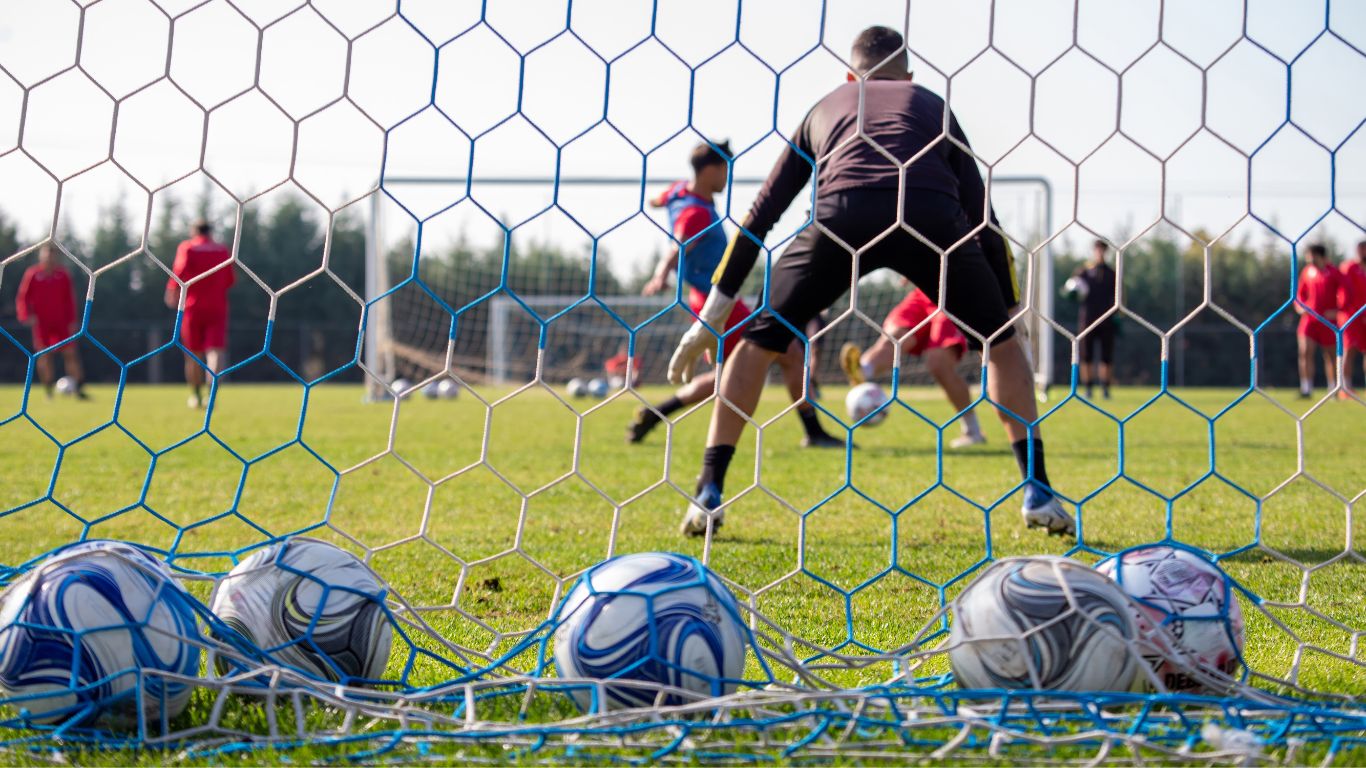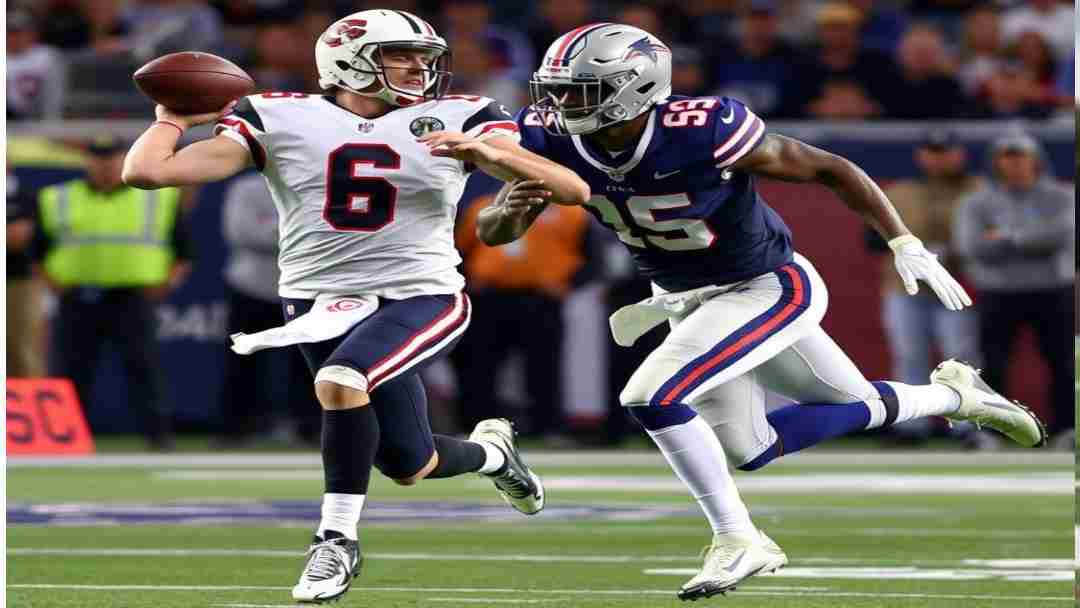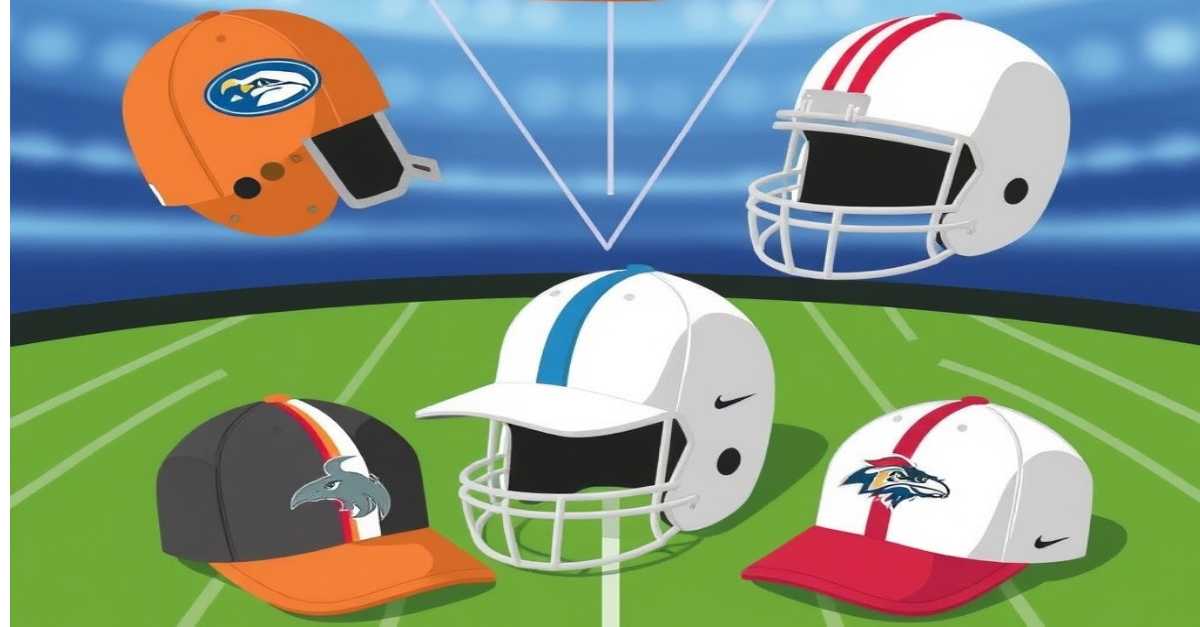Targeting in football is a crucial rule designed to protect players from dangerous and potentially harmful hits. It emphasizes player safety by prohibiting forcible contact with a defenceless opponent’s head or neck area. This post will explain what constitutes targeting, its significance, how it has evolved and recent examples of penalties.
What is Targeting?
Definition
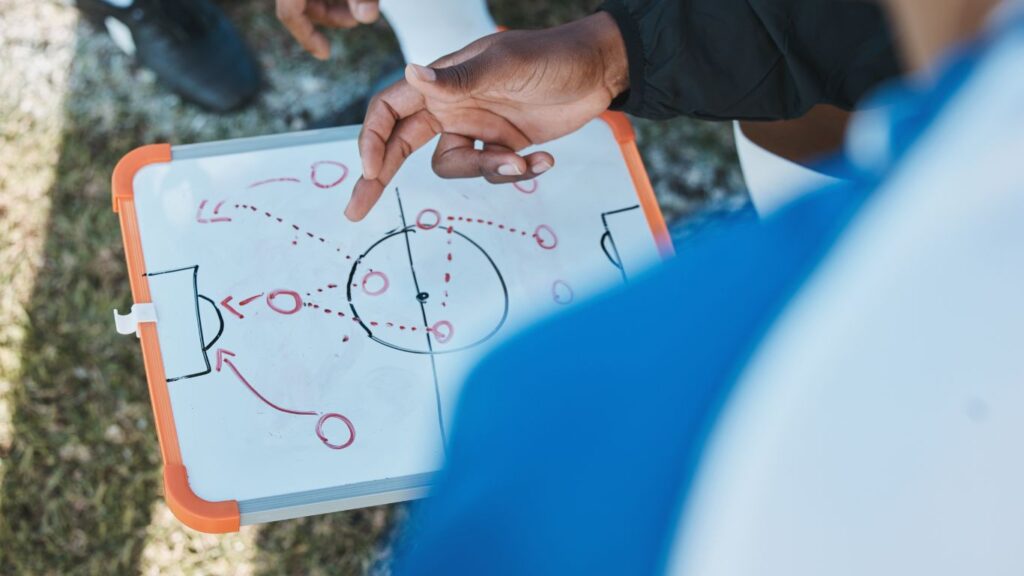
Targeting in football refers to any action where a player aims and makes forcible contact with a defenceless opponent’s head or neck area. This includes:
- Lowering the head before initiating contact.
- Launching at an opponent with the crown of the helmet.
- Making contact with a defenceless opponent’s head or neck area, such as a receiver or quarterback in a vulnerable position.
Penalty for Targeting
When targeting is called:
- The offending Player receives a 15-yard personal foul.
- The Player is ejected from the game.
- If the foul occurs in the second half, the Player is also suspended for the first half of the next game.
Importance of Targeting in Football
Targeting is significant because it prioritizes player safety, aiming to reduce the risk of head and neck injuries. The rule is strictly enforced to:
- Protect players from concussions and other severe injuries.
- Encourage safer playing techniques.
- Maintain the integrity and sportsmanship of the game.
Evolution of the Targeting Rule
The targeting rule has evolved to adapt to growing concerns about player safety. Initially, it needed to be more specific, leading to inconsistencies in its enforcement. Over the years, the rule has been refined to include more precise definitions and stricter penalties to ensure better player protection.
Common Mistakes to Avoid When Targeting

- Lowering the Head: Players should avoid lowering their heads before making contact.
- Launching: Do not launch at an opponent with the crown of the helmet.
- Hitting Defenseless Opponents: Avoid making contact with the head or neck area of a defenceless player, such as a receiver attempting to catch a pass.
- Ignoring the Position: Remember that targeting can be called on any player, regardless of position.
Examples of Targeting Penalties in Recent Games
- Defensive Player Launching: In a recent game, a defensive player launched at an opponent with the crown of his helmet, making contact with the opponent’s head. This clear violation led to the Player’s ejection from the game.
- Receiver Hit: A defensive player made forcible contact to the head of a receiver attempting to catch a pass, resulting in a 15-yard penalty and the defensive Player’s ejection.
- Quarterback Protection: A player in a passing posture was hit in the head by a defensive player, leading to a targeting call and the defensive Player’s removal from the game.
Impact of Targeting on Team Performance
- Player Ejections: Losing a key player due to targeting can significantly impact team performance.
- Penalties: The 15-yard penalty can shift momentum and give the opposing team a strategic advantage.
- Team Morale: Frequent targeting calls can affect the overall morale and discipline of the team.
FAQs
What constitutes a defenceless opponent in football?
A defenceless opponent is a player particularly vulnerable to injury from forcible contact due to their position and focus on the play. Examples include a quarterback in the act of passing, a receiver attempting to catch a pass, or a player returning a kick.
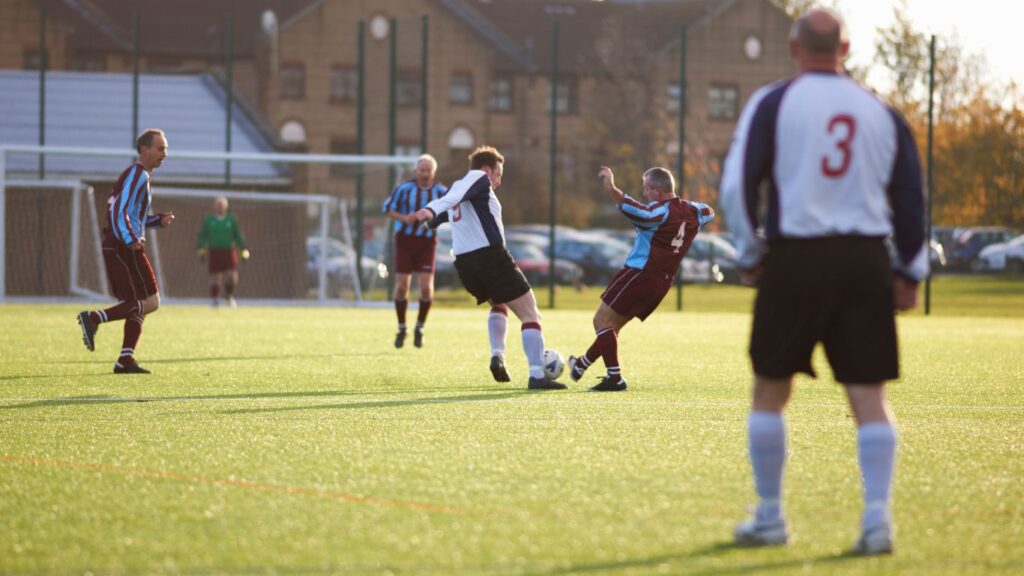
How does the replay system work for targeting calls?
When targeting is called, officials review the play using video replay to verify the elements of the foul. They look for clear evidence of forcible contact to the head or neck area and determine whether the offensive action meets the criteria for targeting.
Can a targeting call be reversed?
Based on the review, officials can confirm, reverse, or stand by the original targeting call on the field. If the replay demonstrates that the action did not meet the targeting criteria, the penalty and associated ejection can be overturned.
What are the implications of being ejected for targeting?
A player ejected for targeting must leave the field and cannot participate in the remainder of the game. If the targeting offence occurs in the second half, the Player is also suspended for the first half of the next game.
Are there any appeals procedures for targeting penalties?
Currently, there is no formal appeals process for targeting penalties. Decisions made during the game are final, though teams and players can discuss concerns with league officials post-game for future considerations.
How can players learn to avoid targeting?
Coaches emphasize proper tackling techniques, educating players on the importance of keeping their heads up and aiming for the opponent’s midsection. Continuous training and reinforcement of safe playing habits can help players avoid targeting infractions.
How does targeting impact team strategy?
Teams must be mindful of playing styles and philosophies, prioritizing safety to avoid penalties that can affect game outcomes. Coaches might adjust training methods and on-field strategies to minimize the risk of targeting fouls.
Conclusion
They are mastering the art of targeting, which means understanding and adhering to the rules designed to protect players. By avoiding common mistakes and focusing on safe playing techniques, teams can maintain their competitive edge while ensuring the safety and well-being of all players.


